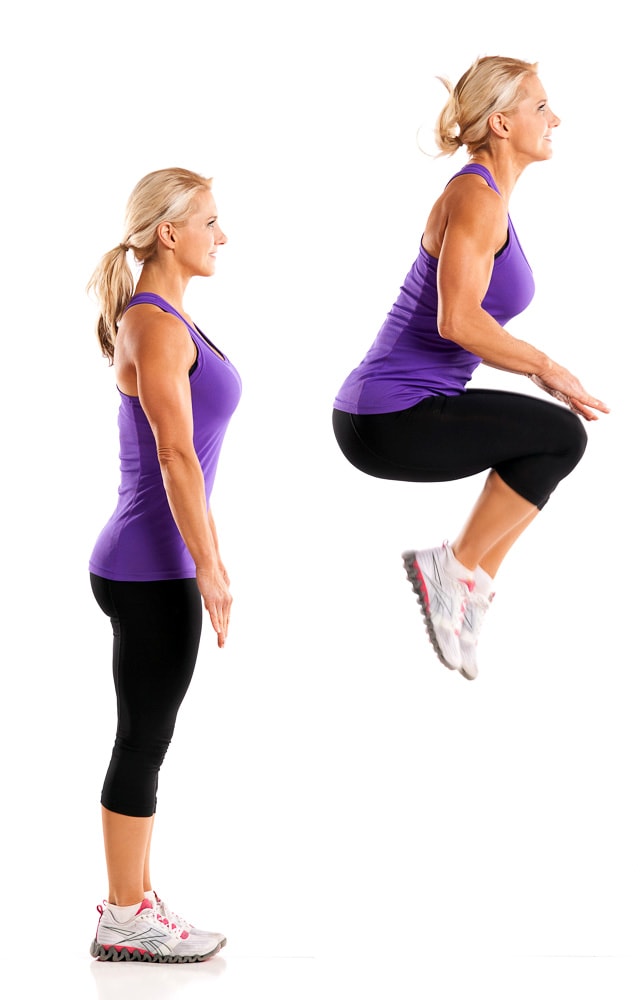

their involved limbs) during the initial landing phase of the drop vertical jump (impact forces) and immediately prior to takeoff (propulsive forces). 7 examined vertical ground reaction forces during performance of a drop vertical jump task in a group of 14 athletes who had undergone ACL reconstruction, completed rehabilitation, and been cleared to return to sport by their physician and physical therapist, and found that the athletes in their study demonstrated higher peak vertical ground reaction forces for their uninvolved limbs (vs. 5–11 Typically, athletes apply higher and more rapid loads to their uninvolved limb during landing and jumping, compared to their ACL-reconstructed limb. 4 It appears there is an urgent need to identify factors that contribute to secondary risk of ACL injury (uninjured limb) in athletes who return to sport following ACL reconstruction.Īthletes often exhibit inter-limb asymmetries in limb loading during bilateral landing and jumping, even after they have completed rehabilitation and returned to sport. contralateral to the limb that underwent ACL reconstruction). 3 In most cases the second ACL injury occurs during the first year following return to sport and involves the athlete’s previously uninjured limb (i.e. 2 Unfortunately, athletes who have undergone ACL reconstruction are at relatively high risk for sustaining another ACL injury after returning to sport (compared to athletes without a history of ACL injury). 1 Surgical reconstruction of the ACL is commonly recommended for athletes who plan to resume sports participation. This may help to explain the relatively high injury rates for the uninvolved limb in athletes who have returned to sport following anterior cruciate ligament reconstruction.Īnterior cruciate ligament (ACL) tears are common among young athletes who compete in sports that involved frequent landing and jumping, such as basketball. The athletes in this study consistently applied higher and more rapid loads to their uninvolved limb over multiple land-and-jump cycles.

Impact forces, loading rates, and propulsive forces were higher for the uninvolved limb, compared to the involved limb, over the five land-and-jump cycles analyzed. There was not a limb-by-cycle interaction effect or main effect of cycle for the impact forces, loading rates, or propulsive forces however, there was a main effect of limb for the impact forces (F(1, 8) = 14.64 p=0.005), loading rates (F(1, 8) = 5.60 p=0.046), and propulsive forces (F(1, 8) = 10.38 p=0.012). Two-way analysis of variance, for within-subjects factors of limb and cycle, was performed for the impact forces, loading rates, and propulsive forces from the first five land-and-jump cycles completed. Athletes performed a repetitive tuck jump task for 10 seconds, while ground reaction forces were recorded for their uninvolved and involved limbs via separate force platforms. All participants had undergone successful unilateral anterior cruciate ligament reconstruction, had completed post-operative rehabilitation, and were in the process of completing return-to-sport testing. Nine athletes (four males, five females) participated in this study. The purpose of this study was to examine bilateral landing and jumping kinetics during performance of a repetitive tuck jump task in athletes who had undergone anterior cruciate ligament reconstruction and completed rehabilitation. However, previous studies have only examined forces and loading rates for tasks involving an isolated land-and-jump. their limb that underwent reconstruction), which may place their uninvolved limb at risk for injury. Athletes who have undergone anterior cruciate ligament reconstruction typically exhibit relatively high/rapid loading of their uninvolved limb during bilateral landing and jumping (vs.


 0 kommentar(er)
0 kommentar(er)
